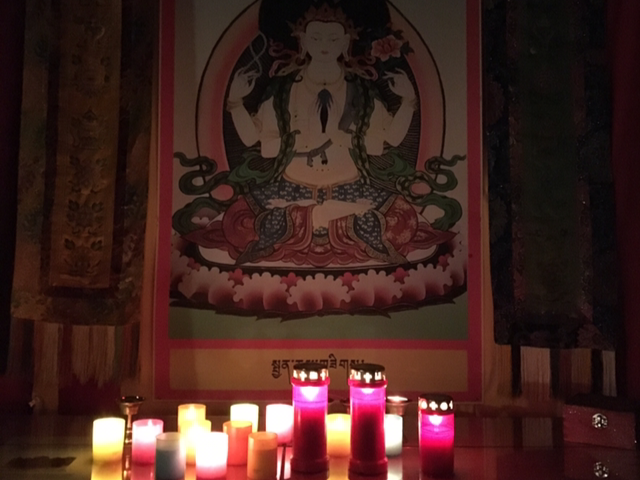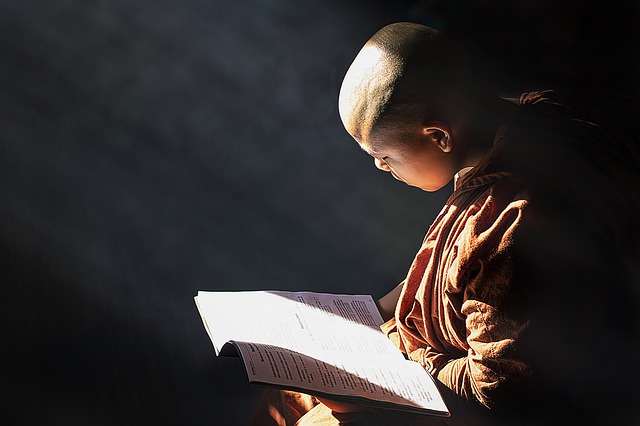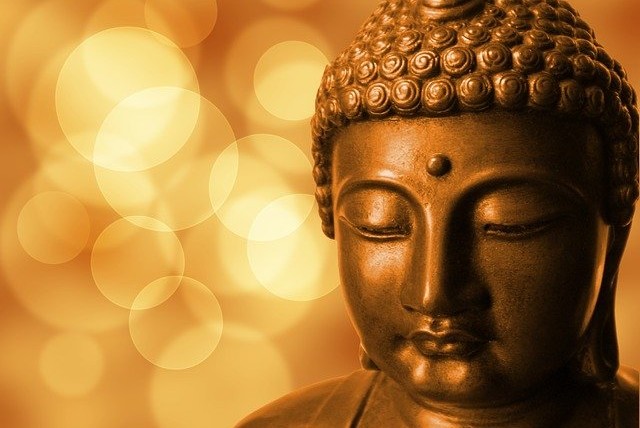Questions from participants to MC Brigitte during the retreat from 01 to 07 November 2022 at Sorn Thawee Meditation Center, Thailand. Part 2
What does it mean to identify with something?
MC Brigitte: Buddha said it is attachment to something that creates identification. For example, someone tells you, “You are an idiot.” You can cling to and identify with those words, thinking, “How can you insult ME like that.” At that moment, emotions such as hurt, sadness, anger, and rage arise. This means we suffer from these words. We feel attacked. But what actually happens? In reality, it is just hearing. We hear certain words. Someone else may listen to the exact same words but not be touched by them. It is the same situation, but who will cope better? The person who feels insulted and offended or the one who moves on? It is a simple example, but it shows the choices we always have.
We always have the choice to identify and suffer from it or to perceive the present object as what it really is and let go of the content.
Suffering is everywhere
Buddha says suffering is everywhere. We cannot prevent our bodies from suffering. Our bodies age, get sick, and eventually die. This is true for each one of us, without exception. We can support the body to stay healthy for a long time, but surely, one day, it will die. We have no choice in that.
What we can decide is whether our minds should suffer. The mind does not have to suffer. The mind can be free. We can learn this by letting go and not holding on to specific situations or incidents.
What do I do when I suddenly see colored lights during my meditation?
MC Brigitte: Piti in Pali can be translated as rapture. Rapture arises when our concentration increases. It is one factor of enlightenment (sambojjhanga). Piti has to come up. Rapture is manifested, among other things, in seeing colors and light. The body may also feel lighter. Sometimes, rapture can also manifest itself in unpleasant feelings, for example, that we have the impression that ants are walking over our skin. Such images are meant to show us that things are not always as we think they are. The concepts we have of life and experiences will change.
The danger here is that we get stuck with the rapture. This is the problematic side of the experience of piti. We experience things that we have never experienced before. For our mind, this is very interesting. We must know that the mind uses every trick to escape being mindful. This also applies to writing diaries or reading books during a retreat.
Achieving rapturous states is especially popular in Thailand. People meditate to see lights, angles, or spirits. They want to see extraordinary things or lottery numbers. Only then is it a good meditation for them.
Outer and inner sight
Lights and other things appear as a factor of enlightenment, but it is like all other events we experience during meditations: They are not worth attaching to. Even if you see the Buddha with your inner eye, be aware that this is only seeing. We can see with our outer eyes or with our inner eye, but both are just seeing.
There are eight factors of enlightenment. Rapture (piti-sambojjhanga) is one factor that creates joy. It is necessary as it motivates us to keep practicing because we realize something is happening to us while meditating.
The other factors of enlightenment are Mindfulness (sati-sambojjhanga), investigation of dhamma (dhammaviaya-sambojjhanga, Energy (viriya-sambojjhanga), Calm (passaddhi-sambojjhanga), Concentration (samadhi-sambojjhanga) and Equanimity (upekkha-sambojjhanga).
How can I prevent myself from falling asleep during lying meditation?
MC Brigitte: You can avoid falling asleep, for example, by changing position switching to sitting or walking meditation. Buddha instructed his disciple, Moggallana: “When you feel sleepy, the first thing you can do is to know this. Know that you are tired. Try to overcome the sleepiness by making yourself aware of it. If this does not help, change your position. If you are in a lying posture, sit up. If you are sitting, get up and do standing or walking meditation to get more Energy. If this does not help, wash your face with cold water or even take a cold shower. If that doesn’t help, take a chicken feather and stir the inside of your ears with it (nowadays, you can use a cotton bud). And if that still doesn’t help, go to sleep. Sleep until you wake up for the first time. If you wake up, get up immediately and don’t turn to the side to go back to sleep.”
Fatigue can have many causes. It could be physical: we overate, have digestive problems, or are sick. The weather can also play a role if it is unusually hot or cold. In addition, our mind is so used to jumping from one thought to the next that focusing on one object can also be tiring. The mind wanders, you try to bring it back, it wanders again, and you get it back. This mental activity requires Energy and can lead to fatigue or drowsiness. Meditation is not a passive task. It is more than just sitting. Meditation is an active action that requires perseverance and Energy to keep bringing the mind back to the object of meditation.
Sleepiness or drowsiness can also come from having things hidden deep inside that we don’t want to look at. Sometimes, we are unaware of it, yet these unresolved events can lead to drowsiness during meditation.
The five hindrances
Five hindrances can arise during meditation. One hindrance is drowsiness. The other four are restlessness, doubt, desire, and aversion. These hindrances come up, but we can’t prevent them. But if we are skillful, we can transform these five obstacles into five mental powers: Concentration, Energy, Wisdom, Faith, and Mindfulness.
There is a beautiful picture by Acharn Thawee for these five positive forces. He compared them to a carriage pulled by four horses. On one side are Energy and Concentration, and on the other are Faith and Wisdom. Both sides must be in balance for the carriage to go straight. Obstacles always come up when the four horses are not balanced. If the horses run even, we can reach our goal very quickly. The power that balances Energy, Concentration, Faith, and Wisdom, and with this our mind, is Mindfulness. Mindfulness sits on the chariot and navigates the horses. It holds the reins and the whip. We feel drowsy if the horse energy is slow and the horse concentration is too fast. Mindfulness knows that and reigns in Concentration and gives Energy the whip by ordering a more active meditation like a walking meditation.
Conversely, if Energy runs faster than Concentration, Mindfulness gives Concentration the whip and reins in Energy by ordering more sitting and focusing. Unfortunately, we usually like to walk when Concentration isn’t that good. And like to sit when Energy is low. But the opposite is necessary. Don’t follow what you fancy, but use wisdom. You see, Mindfulness is the most important of the bojjhangas. We can never have too much of it.



